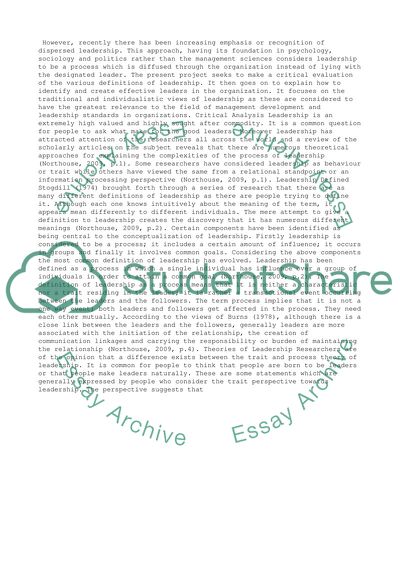Cite this document
(“Critically Evaluate how Theories of Leadership Define and Explain how Essay”, n.d.)
Retrieved from https://studentshare.org/management/1438356-critically-evaluate-how-theories-of-leadership
Retrieved from https://studentshare.org/management/1438356-critically-evaluate-how-theories-of-leadership
(Critically Evaluate How Theories of Leadership Define and Explain How Essay)
https://studentshare.org/management/1438356-critically-evaluate-how-theories-of-leadership.
https://studentshare.org/management/1438356-critically-evaluate-how-theories-of-leadership.
“Critically Evaluate How Theories of Leadership Define and Explain How Essay”, n.d. https://studentshare.org/management/1438356-critically-evaluate-how-theories-of-leadership.


